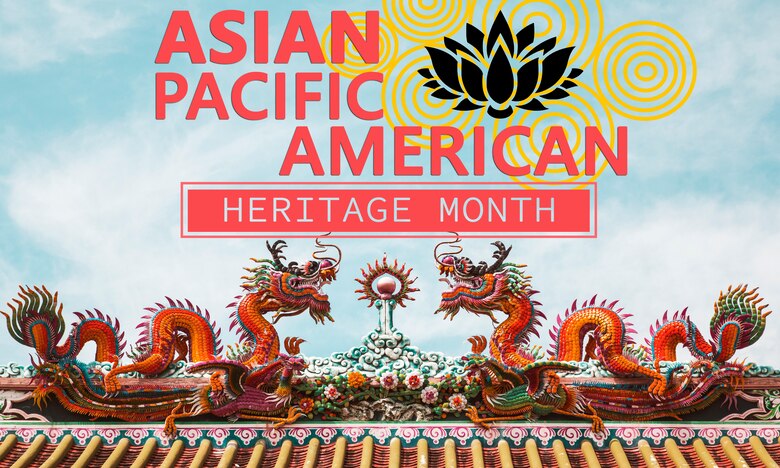Friday, May 29, 2020
Useful Information In and Out of the Classroom 05/29/2020
Posted by
loonyhiker
at
6:00 AM
0
comments
![]()
![]()
Labels: useful info
Thursday, May 28, 2020
Michelle Kwan
Posted by
loonyhiker
at
6:00 AM
0
comments
![]()
![]()
Labels: AsianAmericanHeritageMonth, history, Social Studies
Wednesday, May 27, 2020
Jerry Yang
Posted by
loonyhiker
at
6:00 AM
0
comments
![]()
![]()
Labels: AsianAmericanHeritageMonth, history, Social Studies
Tuesday, May 26, 2020
Amy Tan
Posted by
loonyhiker
at
6:00 AM
1 comments
![]()
![]()
Labels: AsianAmericanHeritageMonth, history, Social Studies, writing
Monday, May 25, 2020
Maya Lin
Posted by
loonyhiker
at
6:00 AM
0
comments
![]()
![]()
Labels: AsianAmericanHeritageMonth, history, Social Studies
Friday, May 22, 2020
Useful Information In and Out of the Classroom 05/22/2020
Posted by
loonyhiker
at
6:00 AM
0
comments
![]()
![]()
Labels: useful info
Thursday, May 21, 2020
Yo-Yo Ma
Posted by
loonyhiker
at
6:00 AM
0
comments
![]()
![]()
Labels: AsianAmericanHeritageMonth, history, Social Studies
Wednesday, May 20, 2020
Dalip Singh Saund
Posted by
loonyhiker
at
6:00 AM
0
comments
![]()
![]()
Labels: AsianAmericanHeritageMonth, history, Social Studies
Tuesday, May 19, 2020
Steven Chu
Steven Chu was born in St. Louis, Missouri. As a child, he loved to build things and even hoarded his lunch money to buy parts for his homemade rockets. and went on to earn a Ph.D. in physics from The University of California, Berkeley.
Posted by
loonyhiker
at
6:00 AM
0
comments
![]()
![]()
Labels: AsianAmericanHeritageMonth, history, Social Studies
Monday, May 18, 2020
Chinese Railroad Workers
Construction began on the transcontinental railroad in 1863 and was a 1912-mile line between America’s west and east coast. It was finished in 1869 and built by three private companies over public lands. Even though thousands of European immigrants worked on the Pacific Union rail heading west, there weren’t enough men to build the Central Pacific line. This line went through the rugged Rocky and Sierra Nevada Mountains.
Posted by
loonyhiker
at
6:00 AM
0
comments
![]()
![]()
Labels: AsianAmericanHeritageMonth, history, Social Studies
Friday, May 15, 2020
Useful Information In and Out of the Classroom
Posted by
loonyhiker
at
6:00 AM
0
comments
![]()
![]()
Labels: useful info
Thursday, May 14, 2020
Feng Shan Ho
Posted by
loonyhiker
at
6:00 AM
0
comments
![]()
![]()
Labels: AsianAmericanHeritageMonth, history, Social Studies
Wednesday, May 13, 2020
Keeping the Good
I learned how valuable video conferencing can be.
Posted by
loonyhiker
at
6:00 AM
0
comments
![]()
![]()
Labels: teaching.
Tuesday, May 12, 2020
Duke Kahanamoku
Posted by
loonyhiker
at
6:00 AM
0
comments
![]()
![]()
Labels: AsianAmericanHeritageMonth, history, Social Studies
Monday, May 11, 2020
Math Games Lab for Kids: 24 Fun, Hands-On Activities for Learning with Shapes, Puzzles, and Games - Book Review
Posted by
loonyhiker
at
6:00 AM
0
comments
![]()
![]()
Labels: BookReview
Friday, May 8, 2020
Useful Information In and Out of the Classroom 05/08/2020
Posted by
loonyhiker
at
6:00 AM
0
comments
![]()
![]()
Labels: useful info
Thursday, May 7, 2020
Bring Out the Best
Posted by
loonyhiker
at
6:00 AM
0
comments
![]()
![]()
Labels: attitude, depression, positive
Wednesday, May 6, 2020
Near the End of the Crisis
Posted by
loonyhiker
at
6:00 AM
0
comments
![]()
![]()
Labels: stress
Tuesday, May 5, 2020
Asian American and Pacific Islander Heritage Month
Posted by
loonyhiker
at
6:00 AM
0
comments
![]()
![]()
Labels: Cultural Diversity, holiday
Monday, May 4, 2020
2020 Goals Review for April
2020
|
10,000 Steps +
|
25g of sugar or less
|
Jan
|
48%
|
54%
|
Feb
|
66%
|
38%
|
Mar
|
77%
|
45%
|
Apr
|
70%
|
47%
|
Posted by
loonyhiker
at
6:00 AM
0
comments
![]()
![]()
Labels: goals























